How do you make quirk bead
both
13 years ago
Related Stories
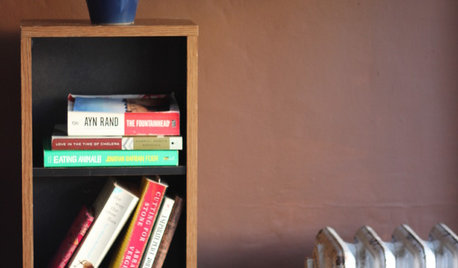
LIFEHouzz Call: Show Us the Home Quirks You Love
Are your home's onetime 'flaws' now draws? Let us know what the attraction is
Full Story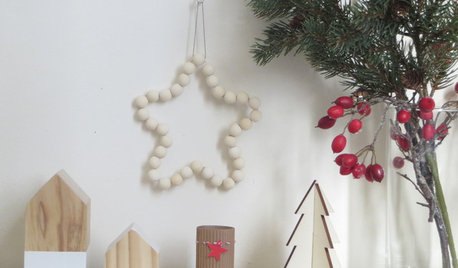
HOLIDAYSSee How to Make a Scandi-Style Beaded Star
Borrow some Scandinavian holiday style with a simple star ornament made of white wooden beads and wire
Full Story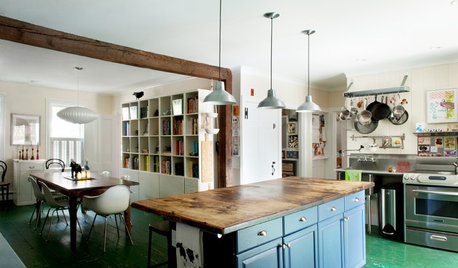
HOUZZ TOURSHouzz Tour: Traditional on the Outside, Quirk Appeal Inside
Skulls sprinkled throughout, an abundance of art and a bedroom chalkboard surprise behind a demure exterior near Boston
Full Story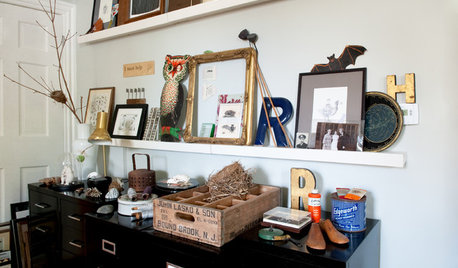
DECORATING GUIDES8 Easy Ways to Give Your Home Quirk Appeal
Oddities and curiosities fascinate and tell your home's personal story — no major redesign required
Full Story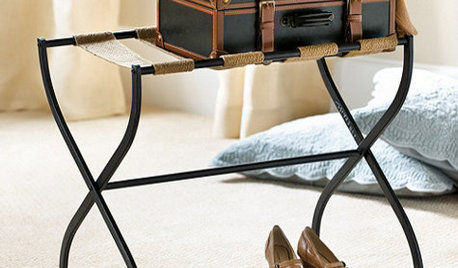
PRODUCT PICKSGuest Picks: Make Your Guest Room a Destination
Serene but not boring, these linens, accessories and decor will make your guests glad they skipped the hotel
Full Story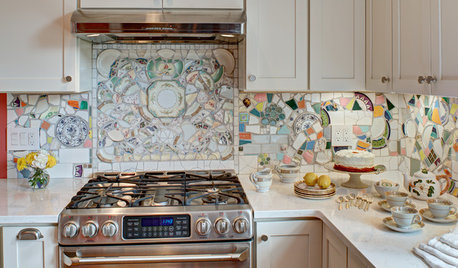
MOST POPULARKitchen of the Week: Broken China Makes a Splash in This Kitchen
When life handed this homeowner a smashed plate, her designer delivered a one-of-a-kind wall covering to fit the cheerful new room
Full Story
DECORATING GUIDES11 Tricks to Make a Ceiling Look Higher
More visual height is no stretch when you pick the right furniture, paint and lighting
Full Story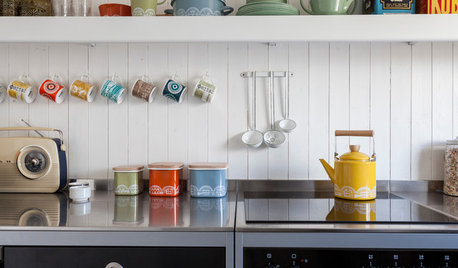
LIFEHow Do You Make Your Tea and Coffee in the Morning?
A morning cup is a must for many, and preparation comes in many guises. We look at coffee and tea habits across the Houzz community
Full Story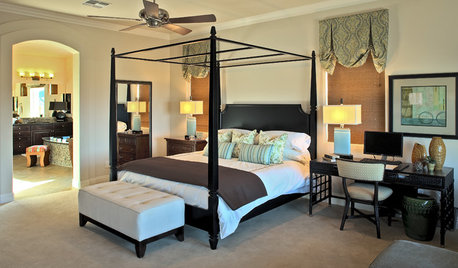
BEDROOMSDesign Dilemma: How to Make a Bedroom Workspace Fit
Whether your bedroom is small or sleep intrusion is a concern, here's how to mix a good day's work with a good night's sleep
Full Story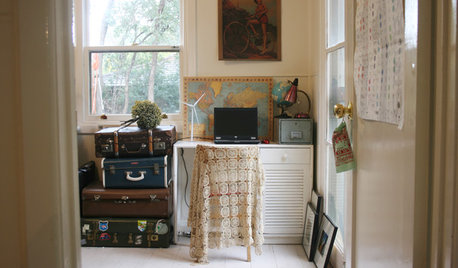
MOVINGMaking a Home Away From Home
Feeling like a stranger in a strange land? These tips can help ease the transition after a big move
Full Story








bobismyuncle
brickeyee
Related Professionals
Ridgefield Cabinets & Cabinetry · Hempstead Carpenters · King of Prussia Carpenters · Canton Flooring Contractors · Decatur Flooring Contractors · Little Falls Flooring Contractors · New Orleans Flooring Contractors · Rockledge Flooring Contractors · San Jose Flooring Contractors · Westminster Flooring Contractors · Lake Zurich Furniture & Accessories · Midland Furniture & Accessories · Alpharetta Furniture & Accessories · Moraga Furniture & Accessories · Sahuarita Furniture & Accessoriessomeone2010
sombreuil_mongrel
someone2010
bothOriginal Author
someone2010